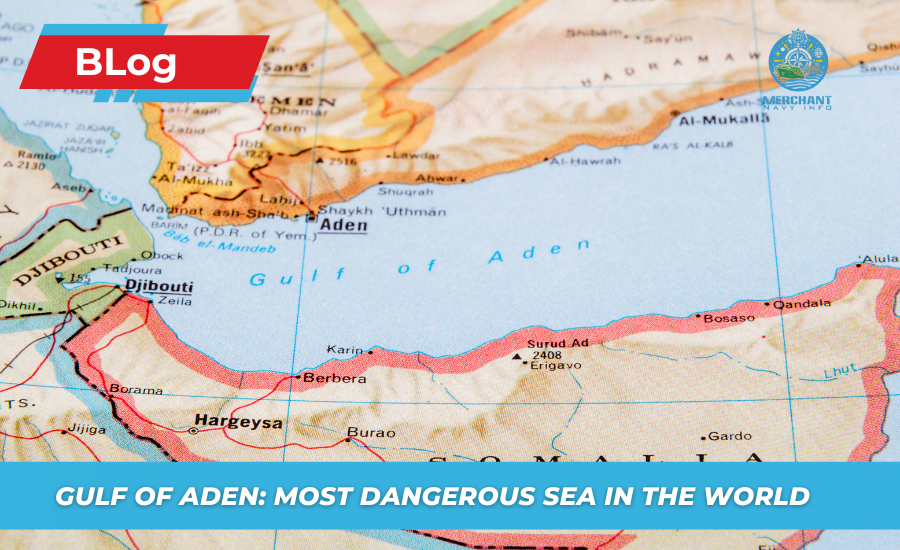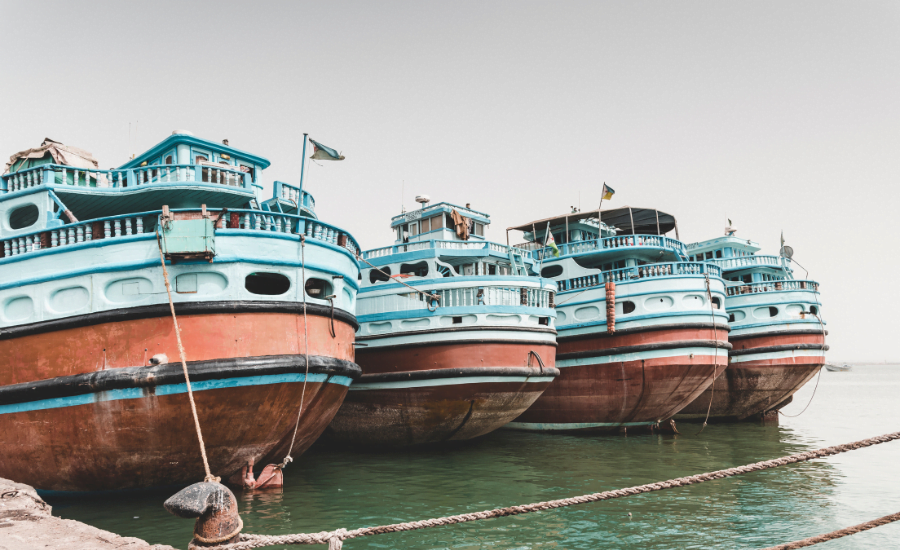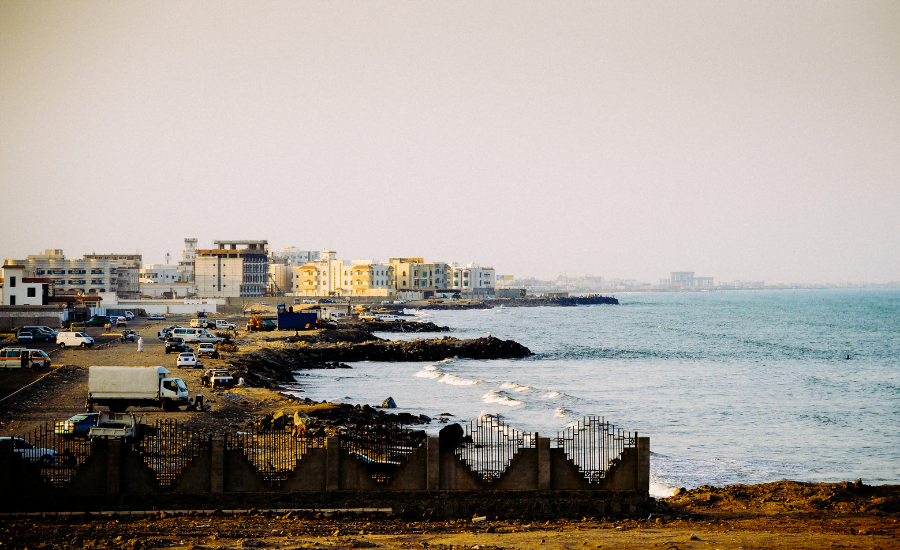
Gulf of Aden: Most Dangerous Sea in the World
The Red Sea and Gulf of Aden Environmental Protection Authority is an intergovernmental body dedicated to protecting the region’s coastal and marine environment. Operating from Jeddah on the Red Sea, the Authority is responsible for developing and implementing regional plans to protect and preserve the region’s unique ecosystems and high biodiversity.
Ecosystems and Human Use
The waters of the Red Sea and Gulf of Aden are renowned for their natural beauty and exceptional biodiversity. The region is globally significant, with many flora and fauna found nowhere else on Earth.
Geologists and biologists are particularly interested in this region because it appears to be a new ocean in the early stages of formation. The Red Sea and Gulf of Aden are rich in unique marine habitats, including coral reefs, mangroves, salt marshes, salt flats and sea meadows.
The region’s importance can also be traced back to the lives of the fishermen who live and work near these waters. These waters are productive areas for local fisheries that have provided food to the region for thousands of years. These fisheries are of great social and economic importance to the national security of the countries in the region and to income generation for rural communities.

Therefore, the region still has the potential to create valuable and sustainable fisheries, ensuring food and employment opportunities for future generations. In addition, the Red Sea and the Gulf of Aden constitute an important transport route between the Far East and Europe, especially for transporting oil and other goods.
Environmental threats and vulnerabilities
For the Red Sea and Gulf of Aden countries, two centuries of industrialisation arrived simultaneously, with oil wealth bringing both the benefits and problems of rapid economic growth to one of the world’s most fragile environments. When the Authority began its intervention in the region, marine life faced threats such as oil spills from ships, dredging and construction, and waste from large industrial facilities.
Another reason for the Authority’s intervention was the concern that human consumption of natural resources was too high and that most development was carried out without regard for the environment, leading to an imbalance in nature.
The Authority’s activities include the Red Sea, the Gulf of Aqaba, the Gulf of Suez, the Suez Canal up to the mouth of the Mediterranean, and the Gulf of Aden around the Socotra Islands and its adjacent waters.
Therefore, many factors threaten the region’s wealth and biodiversity. Supertankers ply this historic trade route today, transporting oil and other dangerous goods worldwide.
The Authority works with multiple international organisations to address the possibility of accidents resulting in oil or other toxic chemicals being released into the marine environment. These waters, which have unique habitats and flora and fauna, are at increasing risk of contamination from oil and liquid waste.
Why is the Gulf Of Aden considered the most dangerous sea?
Humans also pose another threat to marine life in the region. For example, fishermen tend to hunt turtles for their meat and eggs. Recreational use of local beaches in some areas can also disturb or kill nesting turtles.
In addition, shark resources in the region are intensively exploited. In some places, there is growing evidence that shark populations have declined due to a lack of control over national shark fisheries and fishermen illegally catching sharks using gillnets and longlines, which damage coral reefs. It is also common for vessels to fish illegally outside of their natural waters.
Poaching and habitat destruction are widespread among domestic and foreign vessels due to a lack of effective control, monitoring, and enforcement. There are also issues with overfishing and concentrated fishing in limited waters, which has led to a decline in fish populations and diversity and sometimes even habitat destruction.

Regarding navigation risks, coral reefs form a natural barrier to ships passing through the Red Sea to and from the Suez Canal. In some areas, the corals are so extensive that only narrow passages remain, which can be dangerous. Coral reefs partially block many southern ports.
The constant presence of oil tankers on these roads increases the risk of disasters if one of them collides with coral reefs. This results in the ever-present threat of oil, sewage, and chemical effluent pollution.
Industrial activities and urban development also threaten marine life in the region through pollution, waste disposal, surface and groundwater use, and saltwater intrusion into aquifers. Agriculture also threatens the marine environment through increased sedimentation and potential pesticide and fertiliser residue contamination.
Final Words
All of the above threats can lead to habitat destruction due to coastal development, construction of shrimp and fish ponds, destruction of mangroves, damage to coral reefs by unsustainable fishing practices, exploitation of corals for tourism, and physical damage caused by tourist divers. The Authority is tasked with promoting environmental protection and supporting sustainable development activities in the Red Sea and Gulf of Aden region.









